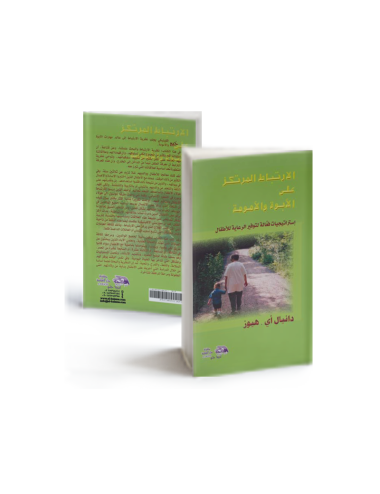Concept of Tampering in Philosophy and Art
This book is a cry of protest against those who rejoice at the death of ideas and doctrines and declare in a foolish trance that existentialism is dead
0 kg - 0.318 kg
This book is a cry of protest against those who rejoice at the death of ideas and doctrines and declare in a foolish trance that existentialism is dead
Antigone begins with The two sons of Oedipus, Eteocles and Polyneices, who are fighting for the kingship of Thebes. Both men die in the battle. Their successor, Creon, decides that King Eteocles will be buried, but Polyneices, because he was leading a foreign army, will be left on the field of battle. Antigone, his sister, buries him anyway.
Antigone is caught burying Polyneices and is condemned to death. Her fiance and Creon's son, Haemon, learns about this and tries to convince Creon to change his mind. It's only then that the seer Tiresias appears. After a long discussion, he finally persuades Creon that the gods want Polyneices buried. By then it's too late Antigone has hung herself, Haemon kills himself when he finds her, and Creon's wife kills herself when she learns about her son.
The subject of fiction has received clear interest from many philosophers, both idealists and empiricists. We will depart from the subject of our studies if we try to follow the opinions of modern philosophers in this regard
“Daniel Hughes has done more here than translate the science of attachment theory to the general reader. He offers readable, thoughtful, practical tools capable of transforming relationships. 8 Steps to Building Your Best Relationships has the power to change your life.” — Terry Real, founder of the Relational Life Institute (RLI) and author of The New Rules of Marriage
“[A] practical text for students and professional interested in learning how to parent with attachment in mind…an excellent book, and I would recommend it to every trainee and to parents...” (The Journal of the Canadian Academy of Child and Adolescent Psychiatry)
A great book for helping to understand affliction. Very helpful for learning to use affliction for personal growth and for experiencing increased intimacy with God. I recommend it to anyone who has lost a loved one, lost a leg, lost a job and/or suffered any pain or loss during their life's journey.
This book deals with discussing topics at the same time. This may be a possible opportunity and a possible opportunity coincides with a unique opportunity.
This book is both a testament to a great thinker and a still vital strand of thought in the comprehension and critique of the modern organized world. It is essential reading for younger scholars and a radical reminder for those steeped in the tradition of a critical theory of society.
What is art criticism?
What are the boundaries between art criticism and social criticism?
What are the different streams of criticism?
What is the contemporary critical landscape?
















